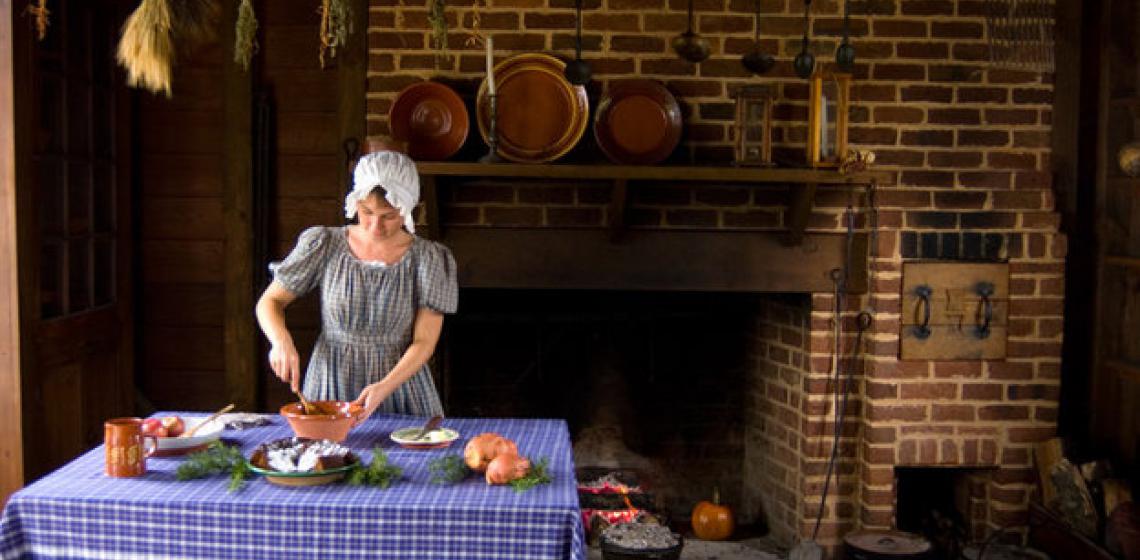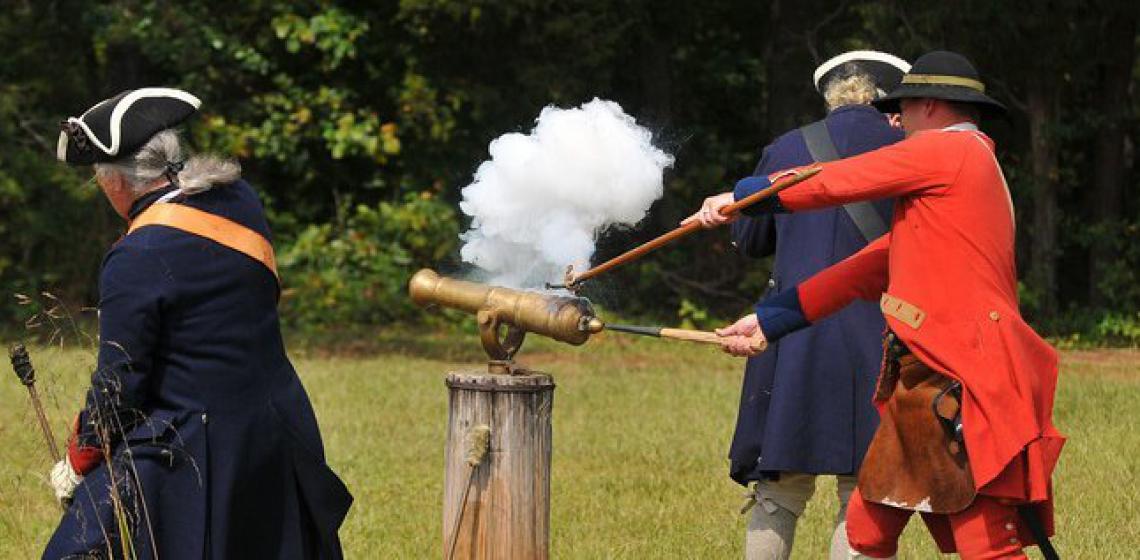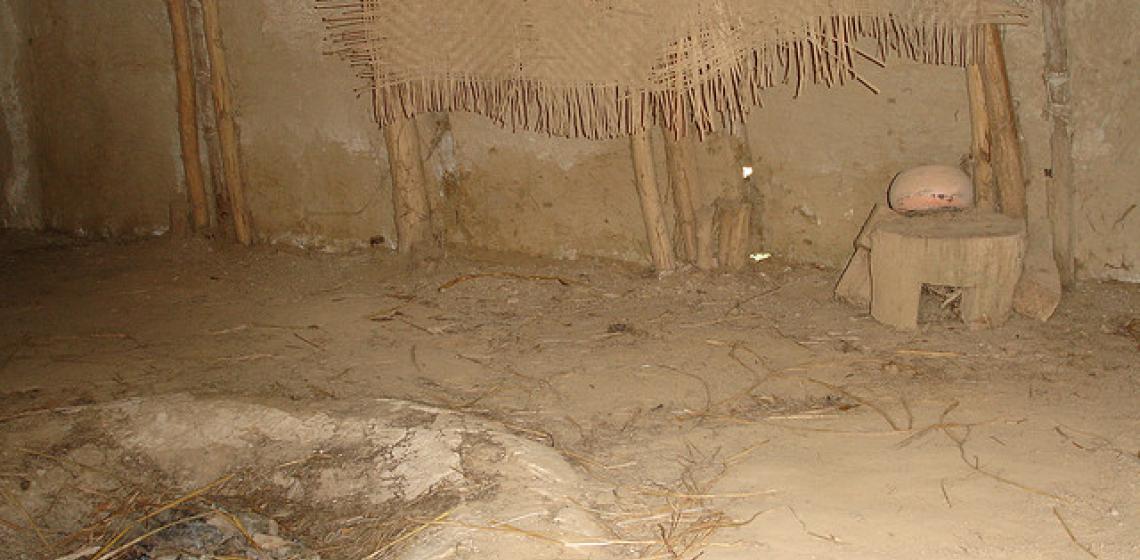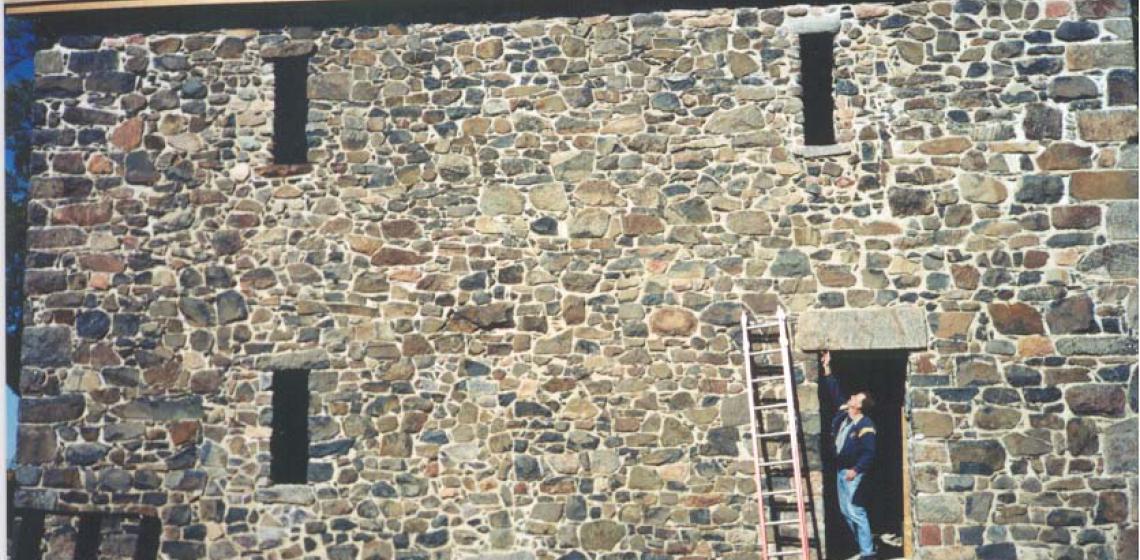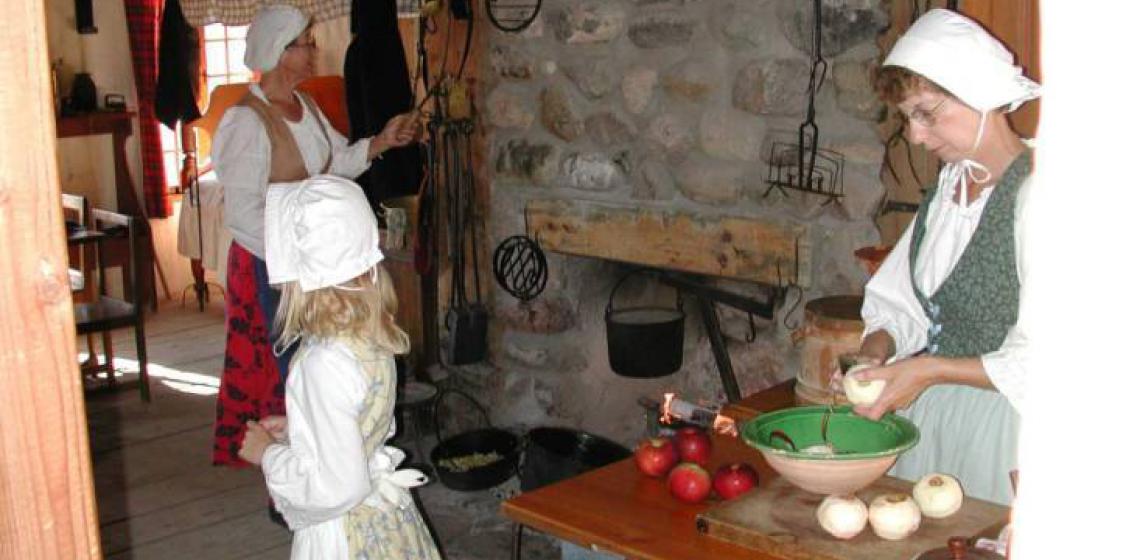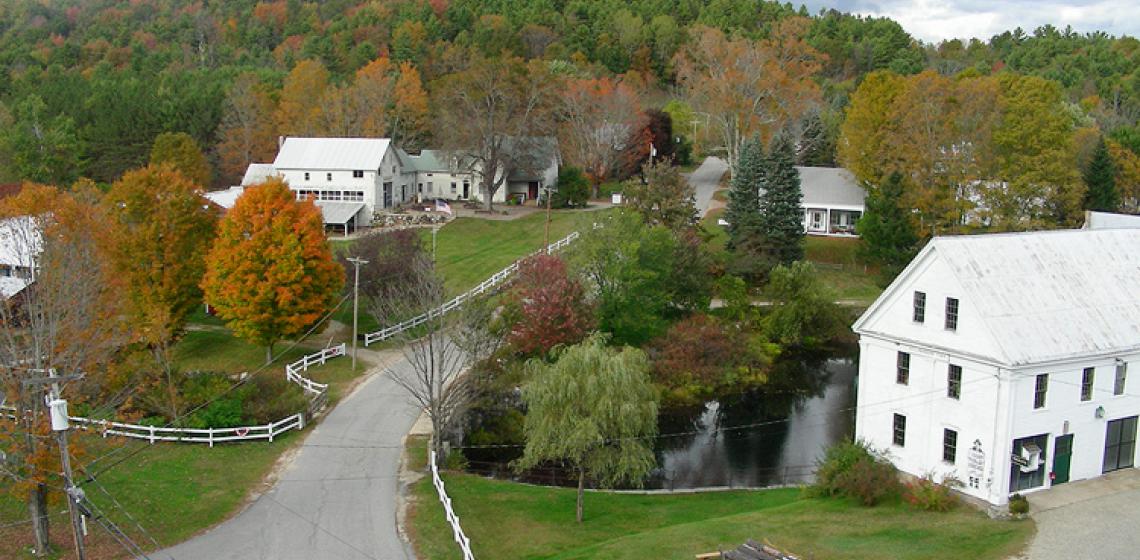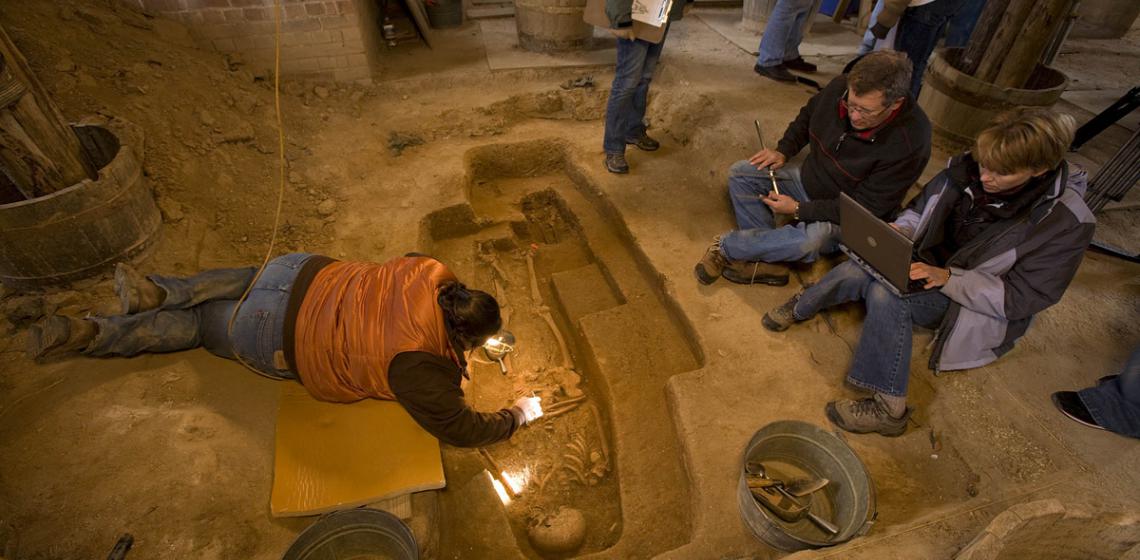Situated in the Piedmont region of North Carolina near the foothills of the Blue Ridge Mountains, Fort Dobbs State Historic Site provides a window into the tumultuous period of history known as the French and Indian War (1754-1763) or Seven Years War.
As the only North Carolina Historic Site associated with the period, it represents North Carolina's link with a global war for empire that crossed five continents, lasted nearly a decade and sowed the seeds for independence.
Situated in the Piedmont region of North Carolina near the foothills of the Blue Ridge Mountains, Fort Dobbs State Historic Site provides a window into the tumultuous period of history known as the French and Indian War (1754-1763) or Seven Years War.
As the only North Carolina Historic Site associated with the period, it represents North Carolina's link with a global war for empire that crossed five continents, lasted nearly a decade and sowed the seeds for independence.

